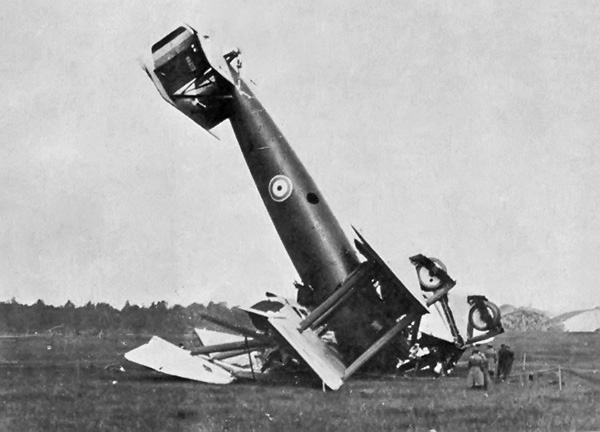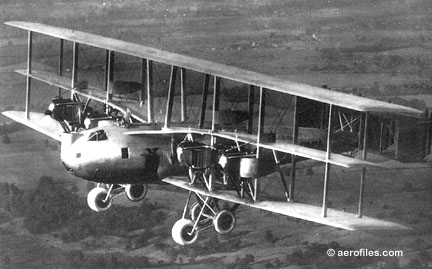The OP is about not-so-good-looking planes that were actually decent. Most of the examples given are planes that were not-successful as well as ugly. For major WW2 fighters that had very productive careers but that lacked a bit in the looks department, I'd go with the Hawker Hurricane and Tempest V, Fiat G-50, Nakajima Ki-43, Polikarpov I-16, Brewster Buffalo, and Grumman F4F Wildcat. Actually, late models of the Bf109 was not great shakes to look at either.
You are using an out of date browser. It may not display this or other websites correctly.
You should upgrade or use an alternative browser.
You should upgrade or use an alternative browser.
The NOT-so-best looking fighters of all time
- Thread starter Driftless
- Start date
Actually, late models of the Bf109 was not great shakes to look at either.
Actually, I think the Bf-109K was better looking than the G, because the gun bulges were gone.
Ugh! The Barling Bomber! It was designed by the same guy (Walter Barling), who designed the Tarrant Tabor. The Tarrant Tabor didn't even get off the ground. Due to the lack of adequately powerful engines at the time (1919), a "nicely placed" set of 2 engines were put quite a bit ABOVE the aircraft's centerline, to complement the power provided by the 4 engines that were below the airplane's centerline. When the 2 upper engines were powered up to provide extra speed for take-off (after the takeoff run had already started), the plane nosed over into the ground, due to the asymmetric thrust provided by the 2 upper engines! This resulted in the death of the two pilots.
Tarrant Tabor

Tarrant Tabor After Its Failed Attempt To Fly

You'd think Walter Barling would have said no to Billy Mitchell's offer to him, to design a bomber in the vein of the Tarrant Tabor (after that plane's ignominious end), realizing that a supersized (for the period) triplane bomber, just wasn't a workable proposition (especially due to drag, and the lack of horsepower available at the time). But noooooo! he accepted Mitchell's offer, and built what was basically a Tarrant Tabor Mk. II (the 2 upper engines were relocated to the same line/plane as the 4 lower engines). The re-design solved the nose over issue, and the Barling Bomber could carry a huge bombload for the time (the early 1920s), but it was still a dog - super low climb rate (can you say 30 minutes to get up to 2000 feet?), a very low top speed (under 100 mph - the cruise speed was also barely over 60 mph), and a ridiculously short range of 170 miles (yeah, that's really useful for what is essentially a strategic bomber - so much for bombing cities far behind enemy lines), which basically made it operationally useless. For example, when it was decided to fly the plane over Washington DC for publicity purposes, some time needed to be spent trying to find a route through the Appalachians, due to the fact that the plane not only coudln't fly high enough to fly over the mountains, but the distance from Ohio (where the plane was being tested) to Washington DC, would require umpteen refueling stops. Sheesh!
The only good thing that could be said about the Barling Bomber, is that despite its high development cost, and dismal performance, it did provide data that in the long run, helped in the development of strategic bombers.
Last edited:
Saab J29 "Tunnan" ( Tunnan- the flying barrel )

Think of it as Kurt Tank's Hunchback made real. There, do yoo feell better now.
A single Gurkha might be overkill
A single Gurkha is always overkill.
Driftless
Donor
That Loire 46 that led off as not so good looking is beautiful.
Beauty really is in the eye of the beholder....
The almost parasol gull-wing, the way the engine appears almost separated from the fuselage, and the leg-like struts have always made me think of a dragonfly.
Share:
